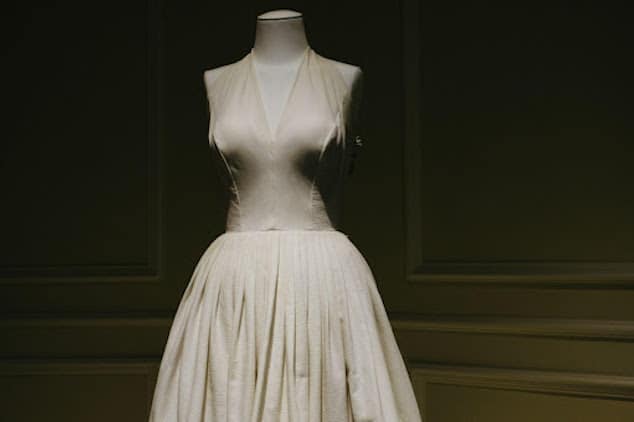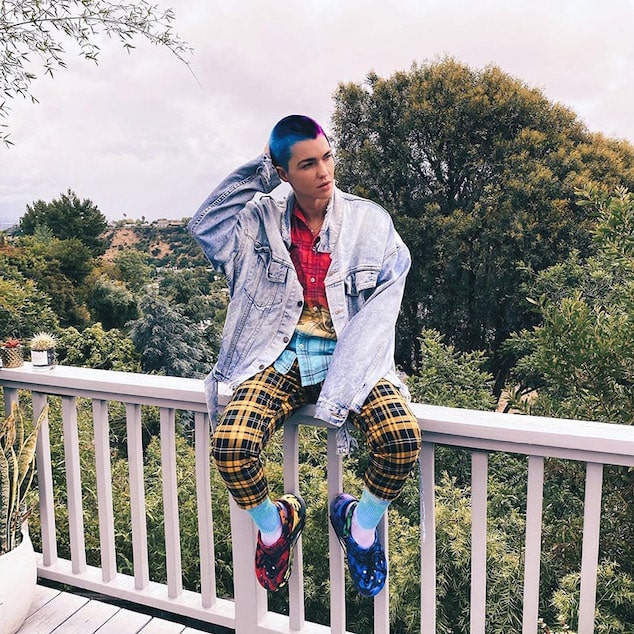
Fashion business patterns: New Innovations & shifting consumer worths changing how producers make clothes and how we use them.
Fashion business patterns: How innovations & shifting consumer values are altering the landscape of how makers make clothing and how we choose to wear them..
The fashion business has actually constantly been a significant driver of cultural modification, reflecting social, political, and technological developments throughout history. As we head into the future, the style landscape continues to evolve, shaped by emerging innovations, sustainability concerns, and shifting customer worths..
This post will check out the crucial patterns and innovations that are anticipated in the coming years, affecting how we produce, wear, and experience fashion.
Sustainability and Ethical Fashion.
In action to growing ecological concerns and ethical issues surrounding fast style, the future of fashion will focus on sustainability and responsible intake. Customers are ending up being ever-conscious of the effect their options have on the environment and society, and brands are responding with a focus on ethical practices..
Anticipate to see more environment-friendly materials, supply chain transparency, and upcycling efforts. Furthermore, circular economy models will end up being the norm, with a shift from non reusable fast fashion to premium, long-lasting, and repairable garments.
Digital and Virtual Fashion.
The increase of digital and virtual innovations has given birth to a new era of style experiences. With developments in virtual reality (VR), enhanced reality (AR), and 3D making, consumers can now engage with fashion in unique methods.
Virtual fashion shows, digital fitting rooms, and personalized avatars will become significantly popular, offering immersive and personalized experiences for users. Additionally, the increase of digital clothes and devices will create new chances for designers, enabling them to check out ingenious styles and products without the restrictions of physical production.
Smart and Functional Clothing.
The combination of innovation into clothing is redefining the possibilities of style, blurring the lines between design and function. Smart clothes, instilled with sensing units and other electronic elements, will allow garments to monitor and react to the user’s physical and emotions..
Garments might adjust to temperature level changes, supply haptic feedback, or track essential signs. In the future, fashion will not just serve a visual function but also support wellness and improve human capabilities.
AI-Driven Design and Production.
Artificial intelligence (AI) is poised to play a substantial function in forming the future of style. Artificial intelligence algorithms can evaluate huge amounts of data, allowing designers to create garments that cater to individual choices and emerging trends..
AI can likewise improve the production procedure, from enhancing patterns and fabric use to anticipating need and managing inventory. As AI becomes more advanced, we can anticipate to see an increasing shift in personalized and efficient haute couture and production procedures.
Biotechnology and Biofabrication.
Biotechnology is set to change the fashion industry by offering innovative and sustainable options for product production. Biofabrication, the process of creating products through biological processes, holds tremendous capacity in producing textiles with distinct homes and minimal environmental effect..
In the future, we might see the mainstream adoption of products like lab-grown leather, spider silk, and algae-based fabrics. These products not just provide sustainable alternatives to standard fabrics however also open possibilities for unique textures, colors, and forms in fashion.
Made-to-Order and Customization.
As customers progressively demand unique and tailored products, the fashion industry will need to adjust to accommodate these choices. Made-to-order and modification alternatives will become more widespread, with brands offering bespoke services that cater to private body shapes, style choices, and practical needs.
Individualized devices, such as jewelry and glasses, will likewise end up being the norm, with customers anticipating a higher level of modification in these locations. For instance, bespoke jewelry will permit customers to pick specific materials, styles, and inscriptions, making each piece truly unique. Similarly, eyewear, including sunglasses, will be customized to the wearer’s prescription and individual preferences, moving far from the one-size-fits-all technique of off-the-shelf sunglasses.
In addition, advances in 3D printing and digital knitting technologies will allow the fast and affordable production of personalized garments and devices, even more democratizing style and decreasing waste. By welcoming personalization, the fashion business will deal with the growing need for unique and customized products, promoting a more personalized and gratifying shopping experience for consumers.
Inclusivity and Gender Fluidity.
The future of style will be defined by a growing concentrate on inclusivity and gender fluidity. As social standards around gender and identity continue to progress, the fashion business need to adapt to show this variety.
Expect to see a wider series of sizes, adaptive clothes for people with specials needs, and gender-neutral collections that cater to all. Brand names will increasingly collaborate with varied designs and influencers to challenge traditional charm standards and promote body positivity. By welcoming inclusivity and gender fluidity, the fashion business will cultivate a more welcoming and empowering environment for customers of all backgrounds and identities.
Collaborative Consumption and Fashion Rental.
The sharing economy has actually currently made its mark on industries like transport and hospitality, and the fashion business is no exception. Collective usage and style rental services will continue to gain traction as customers seek out affordable and sustainable alternatives to purchasing new clothing..
Leasing garments and devices permits users to gain access to high-quality, designer pieces without devoting to ownership, thereby lowering waste and promoting a more circular technique to fashion. As these platforms become more extensive, we can expect to see a shift in consumer behavior and a reduced focus on ownership.
Style Education and Upskilling.
The future of style will require a new generation of specialists geared up with a varied set of skills and understanding. As the industry continues to evolve, style education should adjust to prepare students for the difficulties and chances that lie ahead..
Designers, for example, will need to understand sustainable products, digital design tools, and emerging technologies like AI and biotechnology. Style education will require to foster a culture of collaboration, creativity, and problem-solving, guaranteeing that the next wave of fashion specialists is prepared to drive the market forward.
The Future of Style.
The future of fashion is swarming with possibilities, as emerging patterns and developments reshape the way we produce, use, and experience clothes. Sustainability, digitalization, expert system and inclusivity will be main themes in the years to come, transforming the market and difficult long-standing practices..
From wise clothes to biofabrication, these advancements will not just redefine style but likewise open new opportunities for designers, entrepreneurs, and consumers alike. Welcoming modification and cultivating development will be essential in ensuring a more sustainable, inclusive, and dynamic future for the fashion industry.







